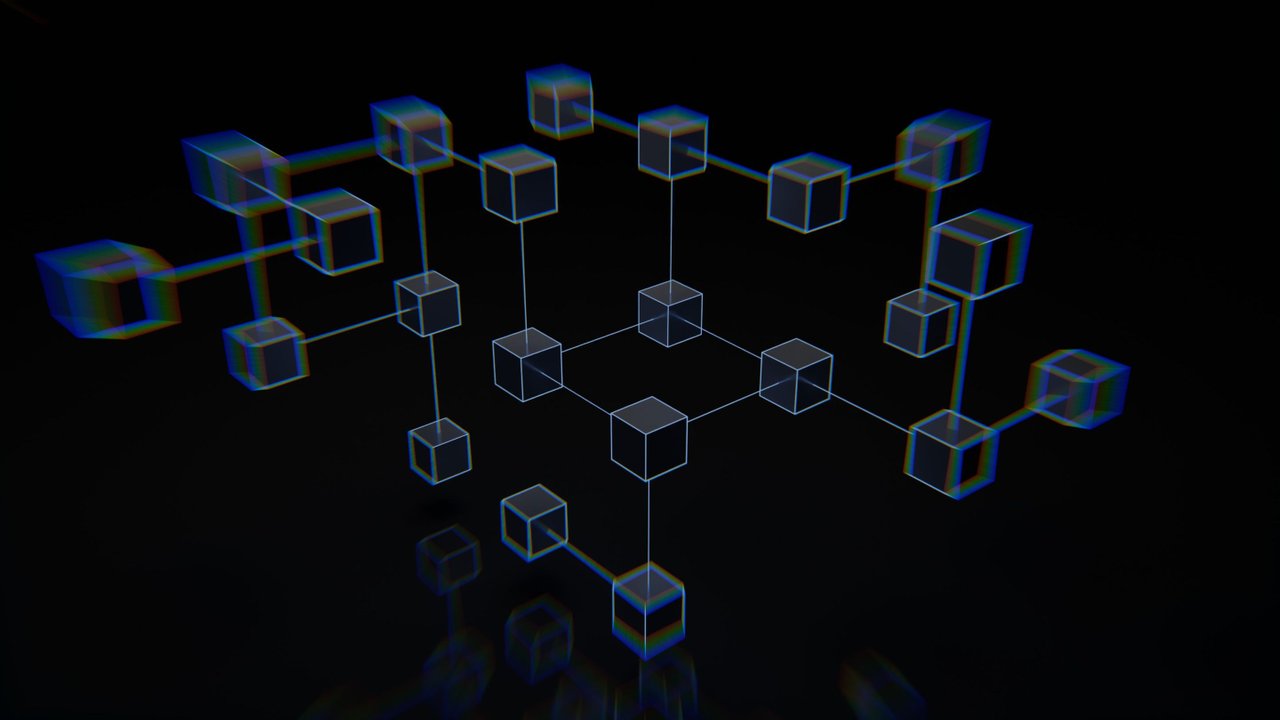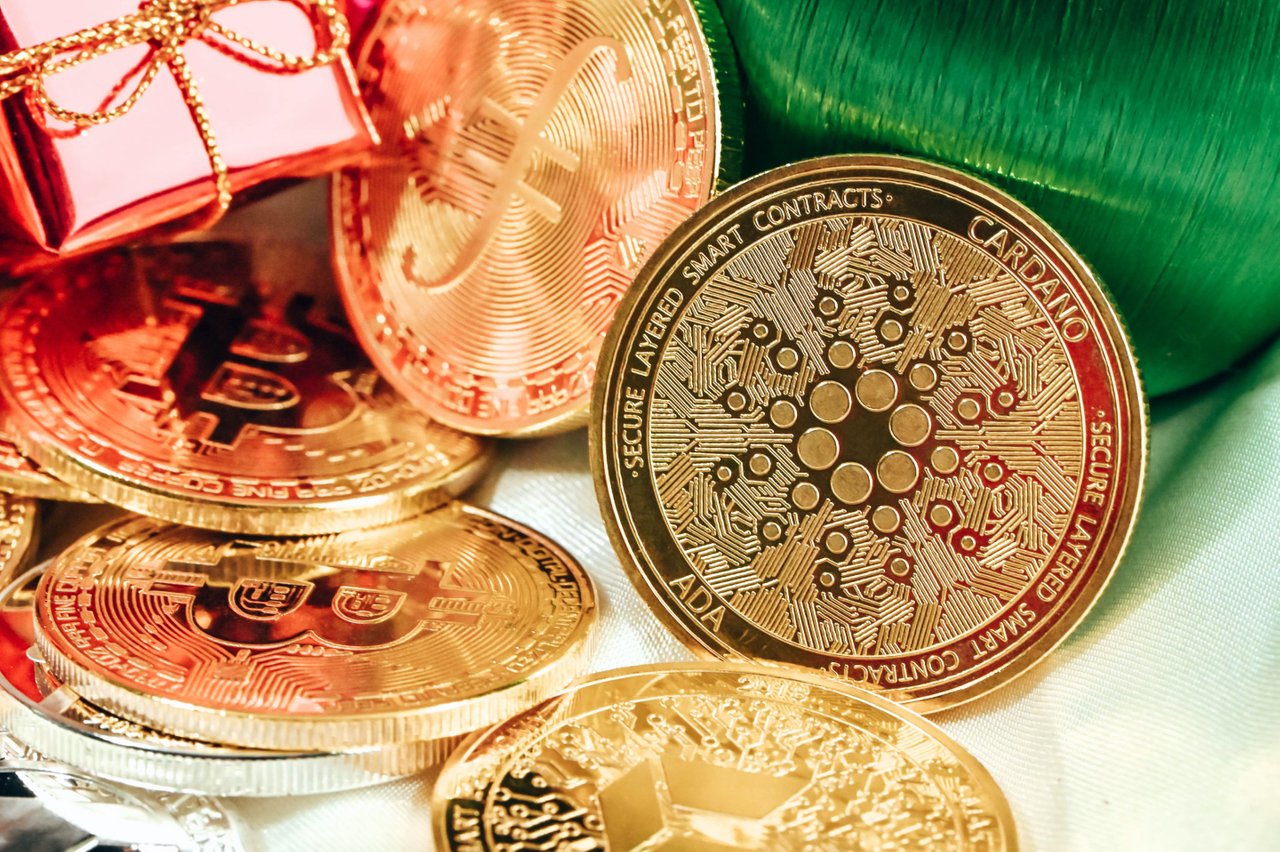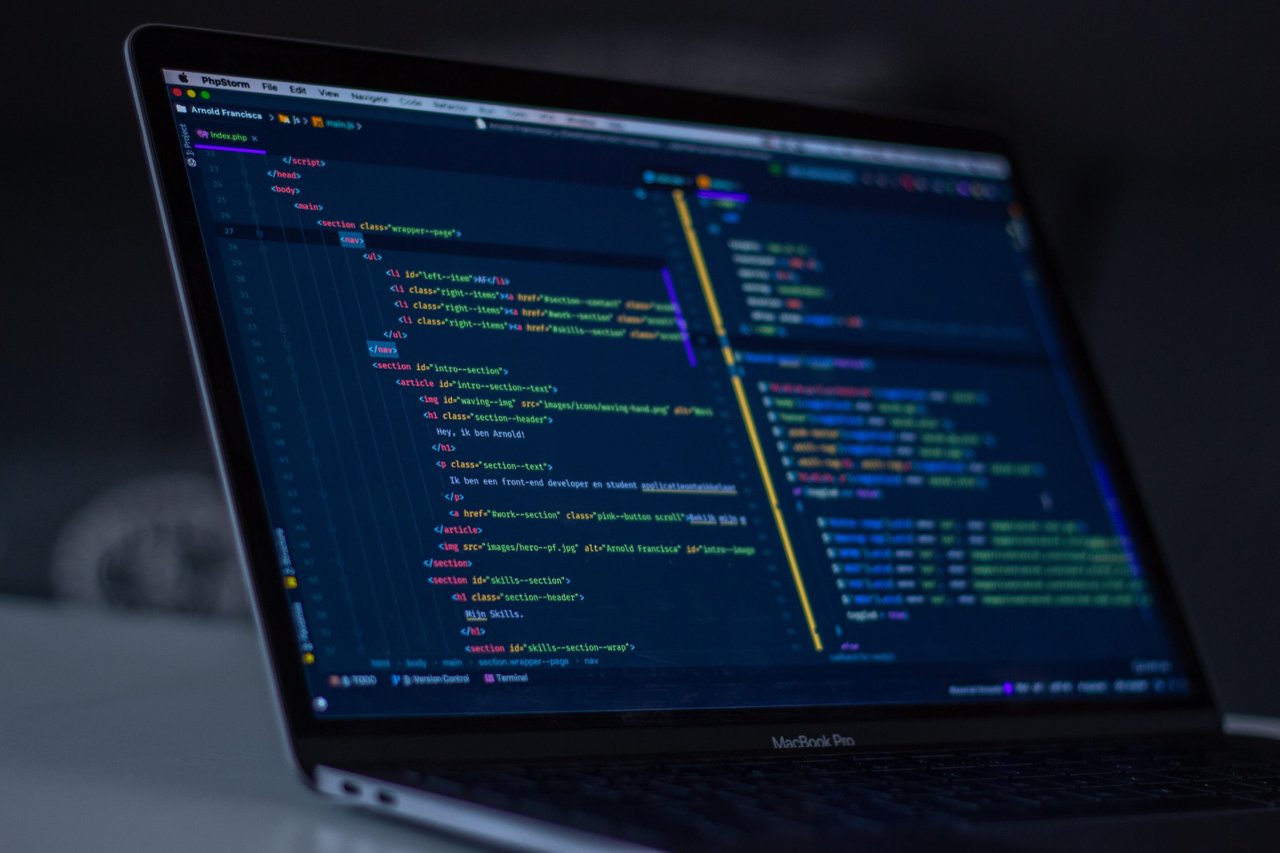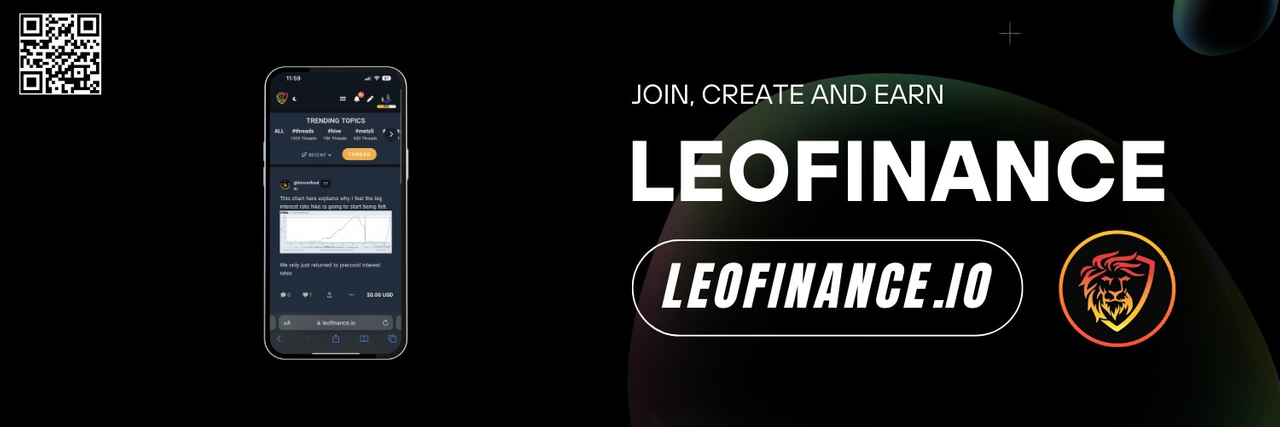What is Blockchain, How it Works and How it is Demanded by Consumers Worldwide
0 comments

Hello Guys,
Hope everyone is well. Today I am going to write about an important topic. Yes, it is nothing else Blockchain. Over the last 2 days I have collected extensive information about blockchain by visiting about 6/7 sources. In fact, I myself did not know much about this before. I was able to gain a lot of knowledge on various topics for the Zealy Campaign. I have completed many quests in this campaign which has been running for 32 days, and I am still doing it. The most important thing is that through this campaign I have gained extensive knowledge about everything. So anyway, through this post I will try to give you some basic ideas about blockchain. And I will try to tell how it can play a role in our financial affairs. I hope you can learn more from this post. So let's get started.
What is A Blockchain
A blockchain is used to digitally record the growing amount of data. In this case a special type of block is used which is protected by a cryptographic proof. Blocks are connected to each other. Through these financial transactions are consolidated. These blocks are connected to each other through cryptography to form a growing chain. Blockchain transactions occur within a peer-to-peer (P2P) network of globally distributed computer nodes. Each node maintains a copy of the blockchain and contributes to the functioning and security of the network. This is what makes Blockchain a decentralized digital system that is borderless, censorship-resistant, and that does not require third-party intermediation.
When a transaction occurs, it tells everyone that an exact amount of the currency was sent from a wallet to another wallet. All transactions that occur during that period of time are contained in an individual block. The data contained in each block, in addition to the transaction, is also a cryptographic hash along with a time stamp. With each new block created, it is linked to the previous one thus creating a chain. After the blocks are fully validated and joined, they cannot be chained without the consensus of the block producers agreeing to reverse it. Because there is no way to change a block, the only trust needed is at the point where a user or program enters data. This aspect reduces the need for trusted third parties, which are usually auditors or other humans that add costs and make mistakes. Since Bitcoin's introduction in 2009, blockchain uses have exploded via the creation of various cryptocurrencies, decentralized finance (DeFi) applications, non-fungible tokens (NFTs), and smart contracts.

How does Blockchain work
Blockchain used Distributed Ledger Technology (DLT) to maintain a public ledger in a decentralized fashion. This is done through node operations who are unrelated all having a duplicate copy of the ledger on their computers. The different nodes all form a network. A blockchain ledger has no central authority. This means the block producers are the ones responsible for the continued expansion of the ledger. This has a major impact upon money. The present monetary system sees the banks entrusted with the responsibility for the global ledgers. All operations are done in a peer-to-peer manner. Without a centralized entity, the different nodes interact in a way that allows for the consensus model to be followers. A block producer, one awarded the block, will validate the transactions and update its ledger. After that, the update is broadcast to all the other nodes so they can be updated.
To avoid potential legal issues, a trusted third party has to supervise and validate transactions. The presence of this central authority not only complicates the transaction but also creates a single point of vulnerability. If the central database was compromised, both parties could suffer. Blockchain mitigates such issues by creating a decentralized, tamper-proof system to record transactions. In the property transaction scenario, blockchain creates one ledger each for the buyer and the seller. All transactions must be approved by both parties and are automatically updated in both of their ledgers in real time. Any corruption in historical transactions will corrupt the entire ledger. These properties of blockchain technology have led to its use in various sectors, including the creation of digital currency like Bitcoin.

Relation between Blockchain and Bitcoin
Blockchain technology was first outlined in 1991 by two researchers Haber and Scott, who wanted to implement a system where document timestamps could not be tampered with. But it wasn’t until almost two decades later, with the launch of Bitcoin in January 2009, that blockchain had its first real-world application. The Bitcoin protocol is built on a blockchain. In a research paper introducing the digital currency, Bitcoin’s pseudonymous creator, Satoshi Nakamoto, referred to it as a new electronic cash system that’s fully peer-to-peer, with no trusted third party. The key thing to understand is that Bitcoin uses blockchain as a means to transparently record a ledger of payments or other transactions between parties.
Features of Blockchain
There are three main features in Blockchain Technology:
- Decentralization
- Immutability
- Consensus
Now I am going to talk about these.
Decentralization
Blockchains are designed to be decentralized networks. The server structure is such that unrelated node operators run the same software. Since a blockchain is a ledger, utilizing distributed ledger technology, all transactions are verified and added to additional blocks. As the ledger is updated, the information is distributed to each block producer.Immutability
That's mean when a transaction data added to the blockchain, it cannot be deleted from the database. Any change to the data would result in a different hash, which would be immediately apparent to all the nodes on the network. This immutability ensures that the information stored on the blockchain is tamper-proof and secure.Consensus
Depending upon the protocol, each network has method to reach consensus. For blockchains the major ones are:Delegated Proof of Stake
Bitcoin is the best example of Proof of Work mechanism. On the other hand Ethereum follow the Proof of Stake mechanism. Hive is following the Delegated Proof of Stake consensus mechanism.

Key Components of Blockchain
- Distributed Ledger
- Smart Contract
- Public Key Cryptography
Steps of Blockchain works
Record the Transaction:-
Blockchain records all the transactions it makes. There is data recorded with some details. Every data contains some details like:-involved address
related terms
time of the transaction
place of the transaction
cause of the transaction
Amount of the exchanged asset
Gain consensus
Link the blocks
Share the ledger
Types of Blockchain Network
- Public Blockchain Network
- Private Blockchain Network
- Hybrid Blockchain Network
- Consortium blockchain networks
Use Cases that Blockchain could Provide
- Gaming
- Supply chain management
- Authenticity/counterfeiting of products
- Digital rights ownership/management
- Domain names
- Financial services
- Micropayments
- Insurance

Advantage of Blockchain
Currently, blockchain technology is taking on the banking sector. Investors and consumers are now flocking to blockchain. There are so many advantages of it. They are highlighted below:-
Hours Open: Blockchain works 24/7 where banks are open till a fixed time.
Transactions Fees: A certain amount of money is deducted as a fee in the case of bank or credit card transactions. On the other hand, transactions through blockchain incur very low fees.
Transaction Speed: In case of transaction through bank, it often takes 2 days to 7 days. On the other hand, a transaction through Bitcoin on the blockchain requires a maximum of 15 minutes.
KYC: Know Your Customer (KYC) is the compulsory thing for bank transactions. On the other hand, you can transact anonymously in Blockchain.
Security: As Blockchain is a Decentralized network, so it is impossible for someone to make fake or scam transactions. To do a scam transactions, one would need to hack every node and change the ledger of the data. But this is almost impossible nowadays.
There are several other reasons why blockchain is becoming popular with consumers day by day. Even investors are turning to blockchain to invest their money.
Disadvantage of Blockchain
Although blockchain is now a very popular medium for global transactions, it also has some risks and disadvantages.
Energy Consumption: Blockchain requires a significant amount of computing power, which leads to a high energy consumption for a transaction.
Cost: Blockchain can be expensive to implement and maintain for small businesses or startups.
Illegal Activities: Since no identity of customers can be found in transactions on blockchain, illegal transactions can easily be done through it. This can destroy the economic balance of a country.
Risk of Asset loss: Private keys are used to manage the various digital assets included in the blockchain. Since blockchain is a decentralized technology, once a private key is lost, it cannot be recovered. So if the private key is lost, your assets and all the money under its control can go out of your control.

The basics of blockchain are detailed above. Apart from these, there are wider issues related to it that we should know about. If you want to invest your precious money in blockchain, do your due diligence on it first. I have gathered information and knowledge from several sources to write this article. I am publishing them below for your convenience.
I hope you will benefit from this article. If you want to know anything from me, please submit your necessary questions in the comment box. I will try to answer your questions as best as possible. Thanks for reading my post for so long. Don't forget to let me know what kind of post you expect from me. Thanks everyone, goodbye.

- Check my Tweets on Tweeter
- Read my Blogs on Hive
- Read my Threads on Leo Finance
- Check my Profile on Facebook
- Check my Profile on Instagram
- Connect me on Discord
- Connect me on Telegram
- Join Leo Finance Discord Server
- Join the Zealy Adoption Campaign (10K USD Prizepool

All rights reserved © @cyclopshive

Posted Using LeoFinance Alpha

Comments